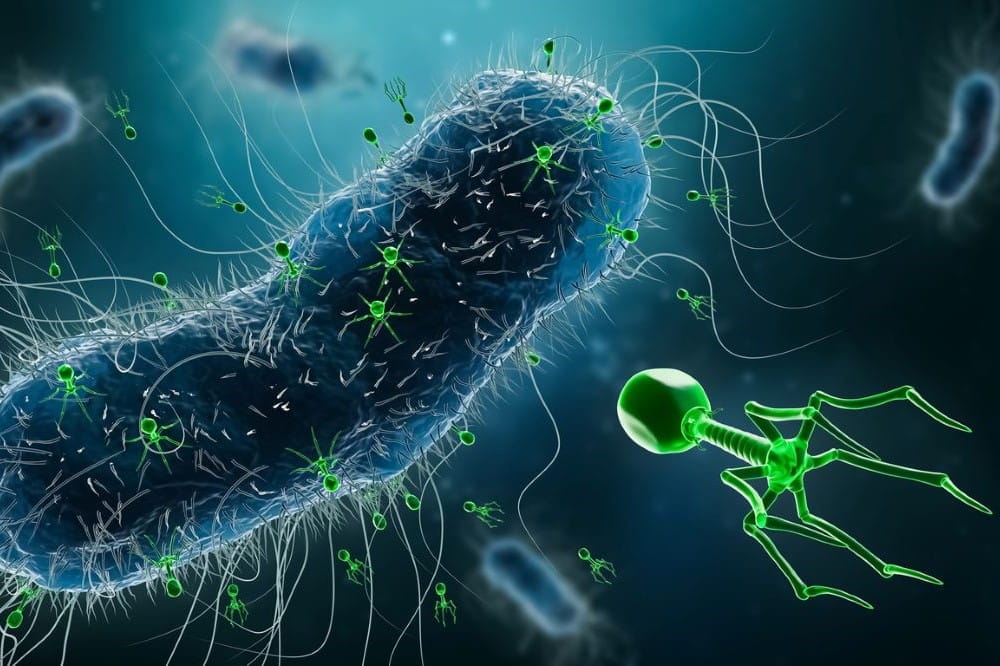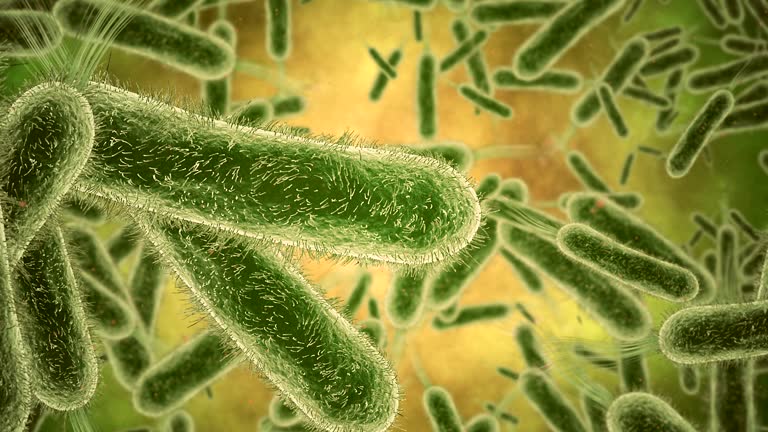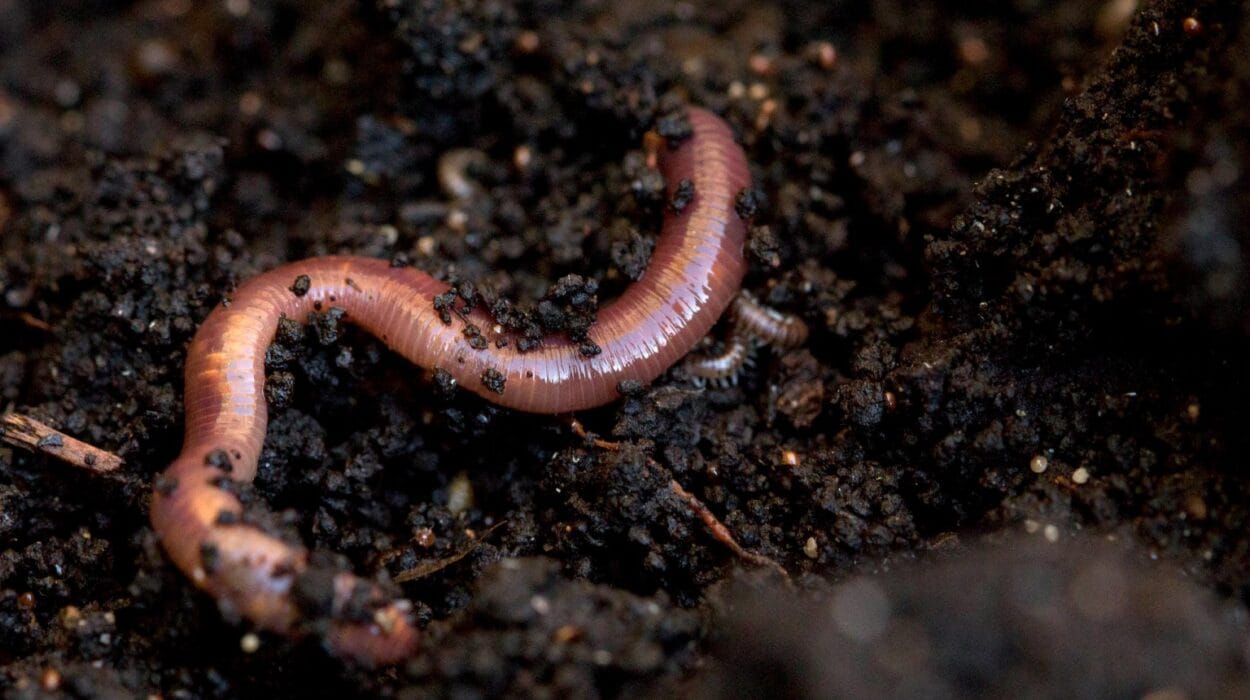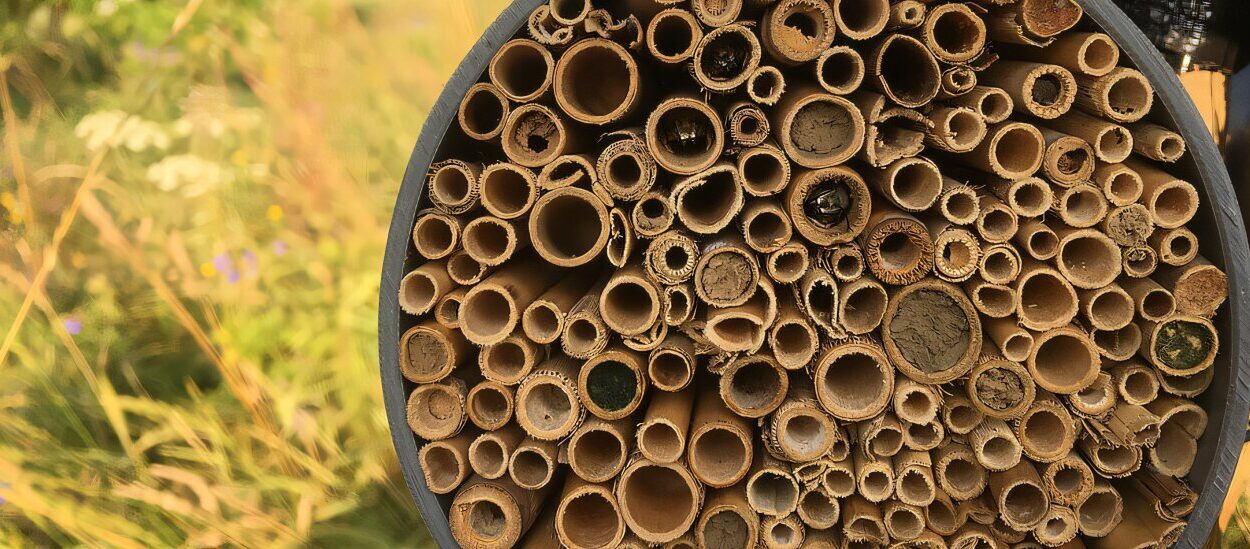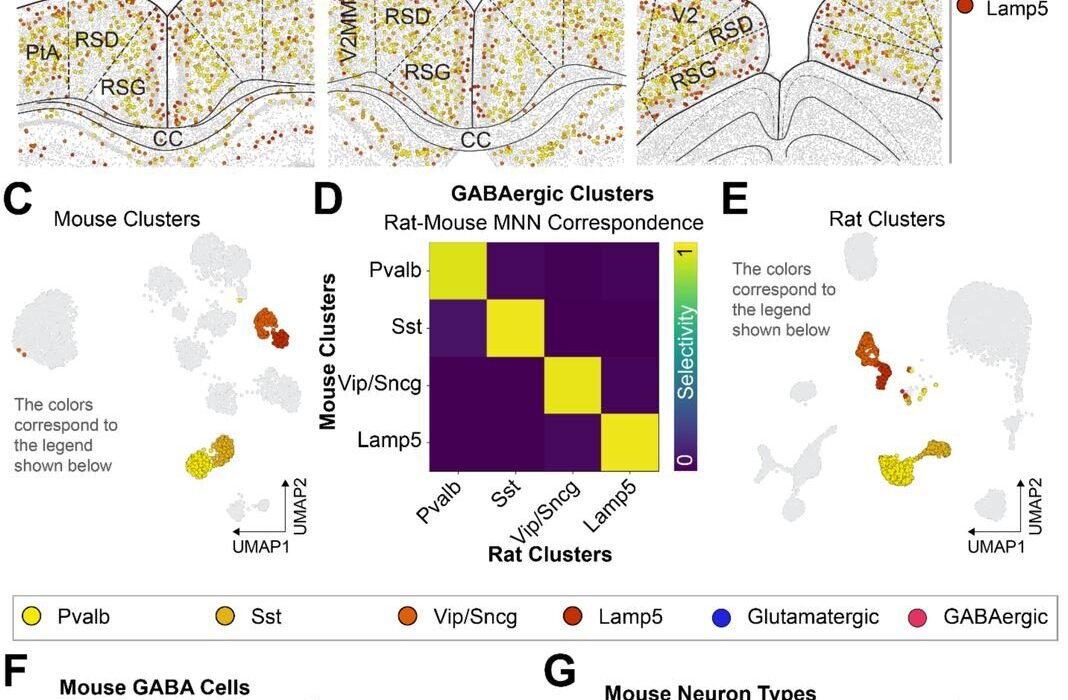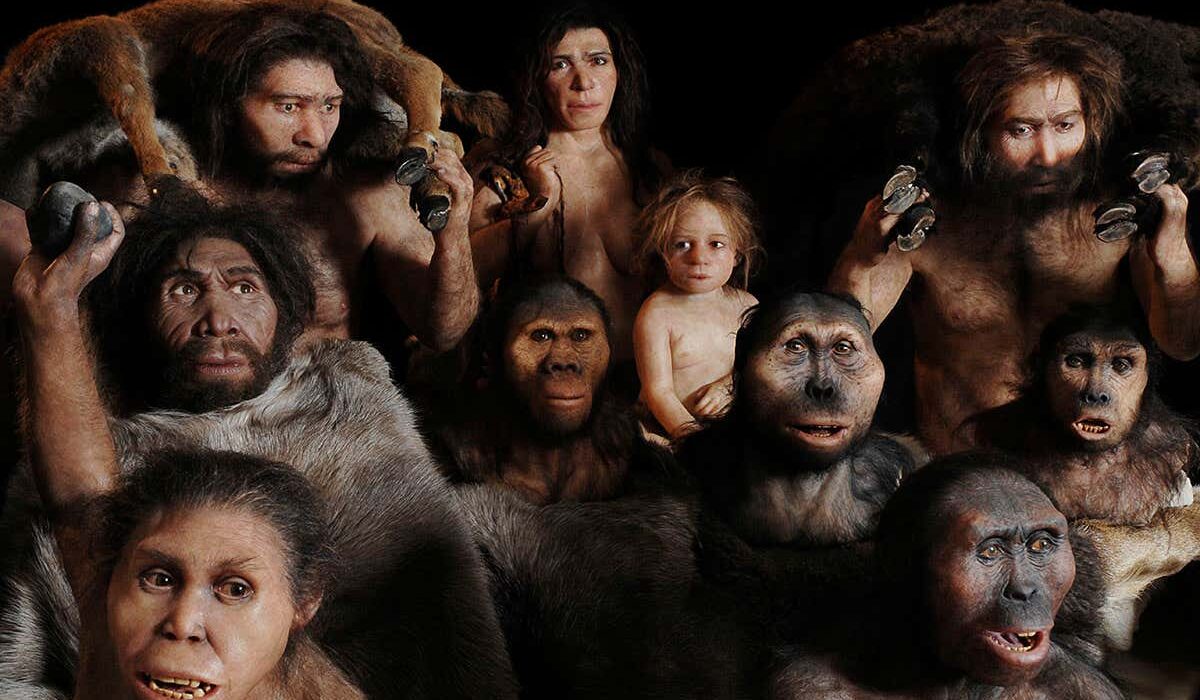In the silent, microscopic world that lives all around—and within—us, change is constant. It happens faster than most of us can imagine. On the surface of our skin, in our intestines, on every leaf and rock, bacteria are shifting, adapting, reinventing themselves with astonishing speed. These tiny architects of biology seem to live by a simple rule: survive, at all costs. But the way they achieve this—how bacteria evolve so rapidly—is anything but simple. It is a story of staggering resilience, genetic creativity, and evolutionary brilliance that rivals even the most epic tales in the natural world.
To truly appreciate how bacteria evolve so quickly, we must first enter their world—a world measured in microns, where life plays by different rules and time, in evolutionary terms, moves at hyperspeed.
The Power of Numbers
Bacteria reproduce through a process called binary fission. One cell splits into two identical daughter cells, each carrying a copy of the parent’s DNA. Under ideal conditions, some species of bacteria can divide every 20 minutes. This means that a single bacterium can become over a billion descendants in just 10 hours.
The implications of this reproductive speed are profound. Every generation is a chance for mutation, for experimentation, for natural selection to work its quiet magic. While humans need thousands of years to see noticeable evolutionary changes, bacteria accomplish it in days—or even hours.
The sheer number of bacterial cells on Earth is mind-boggling. Estimates suggest there are five million trillion trillion—5 x 10³⁰—bacteria on the planet. This unimaginable population size means that even rare genetic changes are almost guaranteed to occur somewhere, at some time. Evolution, after all, is a numbers game, and bacteria hold the winning cards.
Mutation: The Spark of Change
At the heart of bacterial evolution lies mutation—a random alteration in the genetic code. In bacteria, these mutations often arise during DNA replication, which occurs as they divide. Despite their streamlined genomes and efficient replication machinery, errors are inevitable. These “mistakes” in copying DNA might sound problematic, but they are the raw material of evolution.
Most mutations are neutral, some are harmful, but a rare few offer a survival advantage. Perhaps a mutation allows a bacterium to tolerate a new antibiotic, exploit a new food source, or endure a sudden temperature spike. In a rapidly changing environment, that slight genetic tweak might make the difference between life and death. The surviving bacterium multiplies, passing on the beneficial mutation to its descendants. And just like that, evolution takes another leap forward.
Unlike higher organisms, bacteria don’t have to wait generations to see these changes take root. The pace of replication means advantageous mutations can spread through a population with blistering speed. Within a day, an entire colony can become resistant to a once-effective drug, leaving scientists scrambling for solutions.
Horizontal Gene Transfer: Evolution Without Reproduction
One of the most remarkable—and uniquely bacterial—mechanisms of rapid evolution is horizontal gene transfer (HGT). While humans pass genetic material only from parent to offspring, bacteria can acquire genes from their neighbors. This microbial generosity allows them to bypass the slow climb of vertical evolution and leap ahead by borrowing ready-made solutions from other species.
There are three main ways bacteria achieve this genetic alchemy. In transformation, bacteria pick up free-floating DNA from dead cells in their environment. In conjugation, they form a physical bridge to exchange genetic material with a partner—essentially, microbial mating. In transduction, viruses that infect bacteria (bacteriophages) inadvertently shuttle genes from one host to another.
Through horizontal gene transfer, bacteria can gain entire chunks of DNA that provide new traits in an instant—antibiotic resistance, toxin production, or metabolic capabilities. What takes eukaryotic organisms eons to evolve through gradual mutation, bacteria can acquire in a single interaction. It’s like skipping to the last chapter of a survival manual.
This extraordinary gene-swapping ability creates a global bacterial information network. A resistance gene that evolves in soil bacteria in one part of the world can, via HGT, end up in a deadly human pathogen continents away. It is evolution gone viral—fast, fluid, and terrifyingly efficient.
Selective Pressure: Evolution’s Sculptor
Mutation and gene transfer are only part of the story. The other half is natural selection—the process that decides which changes survive and which vanish. For bacteria, selective pressure can be immediate and brutal. Antibiotics, for example, exert an immense evolutionary force. The moment an antibiotic enters an environment, it kills susceptible bacteria, leaving behind only those rare individuals with resistance.
These survivors then multiply rapidly, spreading their resistance genes. This is why overuse or misuse of antibiotics is so dangerous: it accelerates bacterial evolution. What was once a miracle drug becomes obsolete, as resistant strains take over.
But antibiotics aren’t the only pressures. Changes in temperature, pH, salinity, host immune responses, and competition for resources all shape bacterial populations. Evolution is not just about surviving one challenge—it’s about enduring an ever-changing gauntlet. And in the bacterial world, adaptability is everything.
The Dark Triumph of Superbugs
One of the most alarming consequences of rapid bacterial evolution is the rise of antibiotic-resistant “superbugs.” These are bacterial strains that have acquired resistance to multiple classes of antibiotics, making infections difficult—or even impossible—to treat.
Bacteria like Methicillin-resistant Staphylococcus aureus (MRSA), Clostridioides difficile, and carbapenem-resistant Enterobacteriaceae have become global health threats. These superbugs are not the result of a single evolutionary event but a culmination of many—mutations, gene transfers, environmental pressures—each one inching them closer to invincibility.
Hospitals, ironically, can become breeding grounds for these highly adapted pathogens. Surrounded by antibiotics, disinfectants, and immunocompromised patients, bacteria face constant selective pressure and evolve accordingly. In these crucibles, even our most advanced treatments can fail.
The story of superbugs is not just a scientific challenge—it is a moral and societal one. It forces us to confront the consequences of antibiotic overuse in medicine, agriculture, and industry. It reminds us that evolution is not some distant historical event but a living, breathing process happening around—and inside—us every day.
Microbial Memory and Persistence
Some bacteria have evolved yet another strategy to survive adversity: persistence. Unlike resistance, which involves genetic changes that allow a bacterium to grow in the presence of antibiotics, persistence is a temporary state. A small fraction of bacterial cells enter a dormant, metabolically inactive condition where antibiotics—which often target active cellular processes—have no effect.
These “persister” cells are not mutants; they are genetically identical to their vulnerable siblings. But their physiological state allows them to ride out antibiotic treatment like a hibernating animal in winter. Once the threat is gone, they reawaken and repopulate, potentially reigniting an infection.
Persistence is an evolutionary bet-hedging strategy. By maintaining a tiny pool of non-growing cells, a bacterial population increases its chances of surviving sudden environmental catastrophes. It is yet another reminder that bacterial evolution is not just about genes, but about behavior and strategy—complex responses shaped by millions of years of survival.
Microevolution on the Macro Scale
Bacterial evolution doesn’t just affect bacteria. It reshapes entire ecosystems, drives the arms race between pathogens and hosts, and even influences human history. The ability of bacteria to adapt rapidly has determined the course of plagues, pandemics, and agricultural revolutions. From the Black Death to modern outbreaks of cholera and tuberculosis, evolving bacteria have repeatedly shaped our fate.
But the story isn’t only one of conflict. Bacteria also evolve in ways that support human life. Gut microbes evolve to help us digest new diets. Soil bacteria evolve to break down pollutants. Microbes adapt in bioreactors to produce medicines, fuels, and food. Their evolution can be harnessed, guided, and even celebrated.
In the age of synthetic biology, scientists are learning to direct bacterial evolution for good. Directed evolution experiments allow researchers to force bacteria to evolve specific traits in the lab. By exposing bacterial populations to gradually increasing concentrations of a chemical, for instance, we can select for those that adapt to metabolize it. In this way, evolution becomes a tool, not just a threat.
CRISPR: A Bacterial Gift to Biotechnology
Even the tools we use to edit genes—such as CRISPR—are themselves products of bacterial evolution. CRISPR systems evolved in bacteria as a defense against viruses. These genetic memory banks allow bacteria to recognize and destroy viral DNA during future attacks. It is an evolutionary innovation born of constant microbial warfare.
When scientists discovered CRISPR, they realized its power could be harnessed to edit DNA with unprecedented precision. Today, CRISPR is revolutionizing medicine, agriculture, and genetics. But its roots lie in the bacterial struggle to survive—an evolutionary legacy now reshaping the future of all life on Earth.
This, perhaps, is the most poetic twist of all: the very organisms that taught us about the dangers of evolution gone unchecked also gave us the tools to shape our own evolution. In studying bacterial adaptation, we have glimpsed both our biological past and our potential future.
Bacteria and the Future of Evolution
The speed at which bacteria evolve is a double-edged sword. It threatens our health, challenges our science, and exposes the limits of our control. But it also offers hope. By understanding how bacteria adapt so quickly, we can anticipate their moves, design smarter drugs, and build better systems of care.
New fields like evolutionary medicine and microbial ecology aim to predict how bacteria will respond to interventions. Should we cycle antibiotics rather than use them continuously? Can we engineer probiotics that outcompete harmful bacteria? Can we interrupt horizontal gene transfer or slow mutation rates?
These are not just theoretical questions—they are urgent. The global crisis of antimicrobial resistance demands new thinking, new strategies, and above all, a deep understanding of bacterial evolution.
In the end, bacteria are not our enemies. They are part of us, around us, shaping our world in ways we are only beginning to understand. Their rapid evolution is not a flaw, but a feature—a reminder that life is, at its core, about change, survival, and adaptation.
Conclusion: The Speed of Survival
Bacteria evolve quickly because they must. Their world is brutal, fast, and ever-changing. But it is also magnificent. In their tiny forms, we see evolution in its purest state: relentless, creative, and sometimes ruthless.
From the simplest mutation to the elegant complexity of horizontal gene transfer, from the rise of superbugs to the promise of biotechnology, bacterial evolution is a window into life’s deepest mechanisms. It teaches us humility and awe. It warns us not to take our place on this planet for granted. And it inspires us to think differently about how life works, and how it changes.
To watch bacteria evolve is to see evolution not as a slow crawl, but as a sprint—a ceaseless race for survival. It is a race they have been winning for billions of years. And if we want to keep pace, we must learn their rules, respect their power, and never stop evolving ourselves.
